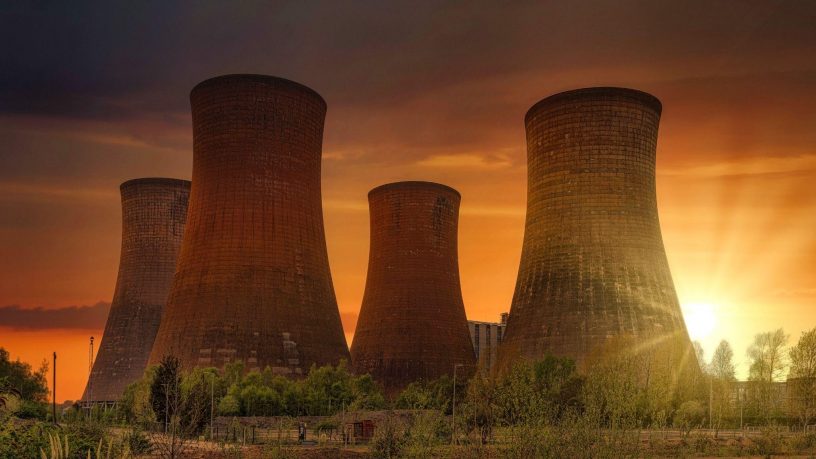
The best alternative to the non-green fossil fuel-driven energy industry is nuclear power as it is the only type of energy that is reliable, say researchers
Authors:
Abhiroop Chowdhury, Associate professor, Assistant Dean (Student Affairs) of the Jindal School of Environment and Sustainability, O.P. Jindal Global University
Aliya Naz, Independent Researcher.
Summary:
Global warming and climate change are the most pertinent threats, looming large over our present as well as future generations and may push human civilization to the brink of an impending environmental apocalypse.
The industrial revolution of the 1800s and the boom in fossil fuel consumption during the 1950s were two milestones in the global temperature rise trends. In 2014 India’s Green House Gasses (GHG) footprint was 3,202 million metric tonnes CO2 equivalent, of which the energy sector contributes 68.7 per cent. India contributes to 6.55 per cent of the global GHG emission.
Need for nuclear energy solutions
The best alternative to the non-green fossil fuel-driven energy industry is nuclear power. It is the only type of energy that is reliable and can act as the baseload, unlike solar and wind that is not available round the clock. Nuclear power is also free from GHG emissions. Indirectly, over the course of a nuclear power station’s life cycle, it produces the same amount of CO2 equivalent to wind and one-third of solar stations. The economic viability of energy production is estimated through the levelized cost of electricity (LCOE). It is the total cost of electricity produced by the station after including the incurred cost of operations, building, maintenance and waste disposal investments for the lifetime of the unit. LCOE of a nuclear plant in the US was between $97 per MWh and $136 per MWh in 2016. This cost is almost the same as coal-fired electricity excluding its carbon emission control mechanism costs. Evidently, the nuclear power plant is cost-effective in comparison to its non-renewable, non-green, fossil fuel-intensive alternatives.
Deterrents to nuclear power
Only 10 percent of the world’s energy demand is catered by nuclear power. Only 3.2 per cent of India’s national energy demand comes from nuclear power. The question arises if nuclear power is cheap in the long run and possesses a negligible carbon footprint, why is it not gaining popularity? The growth of nuclear energy also equips the nation with nuclear enrichment technologies that can be used for military aspirations. The other reason is the fear of nuclear disasters with the incident of Three Mile Island (28th March 1979), Chernobyl (26 April 1986) and Fukushima Daiichi (11th March 2011) still fresh in mind. And finally, there is the problem of disposing of nuclear waste and spent reactor fuel.
Published in: abplive
To read the full article, please click here


